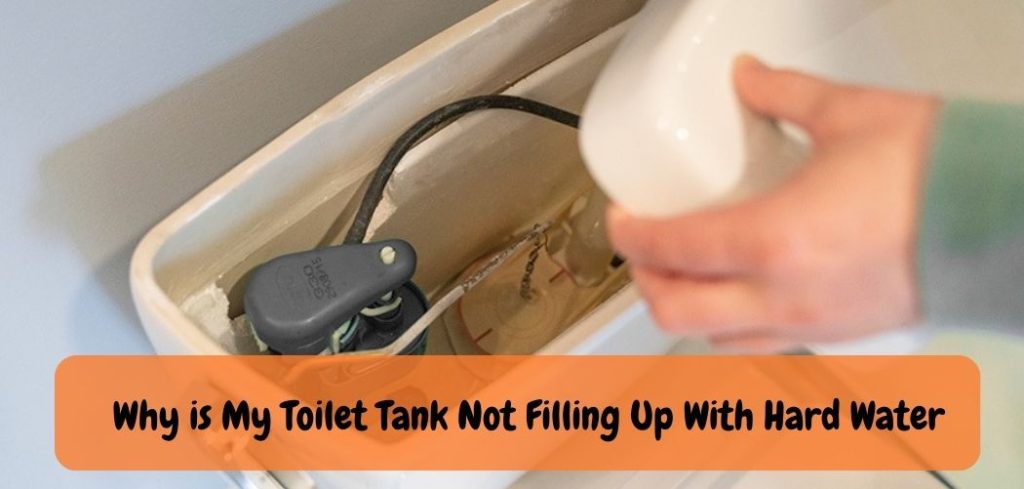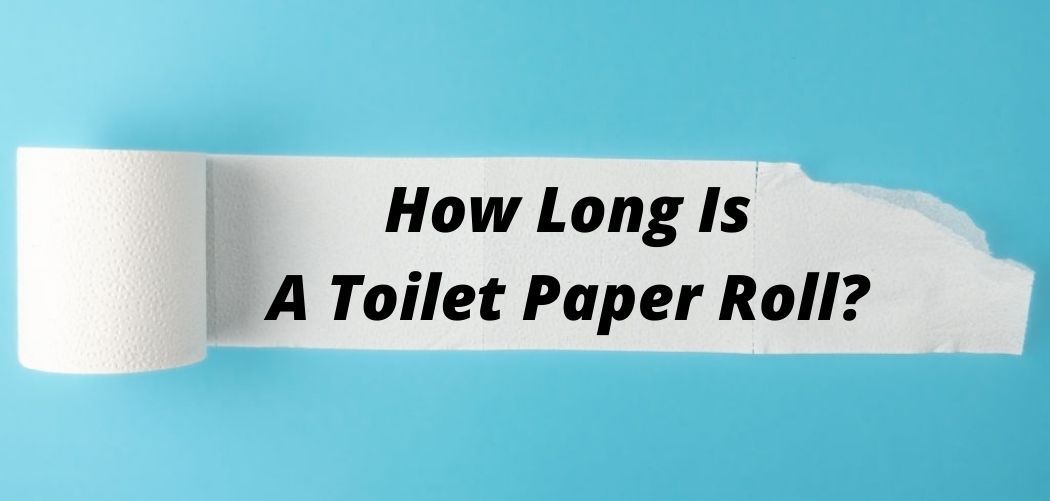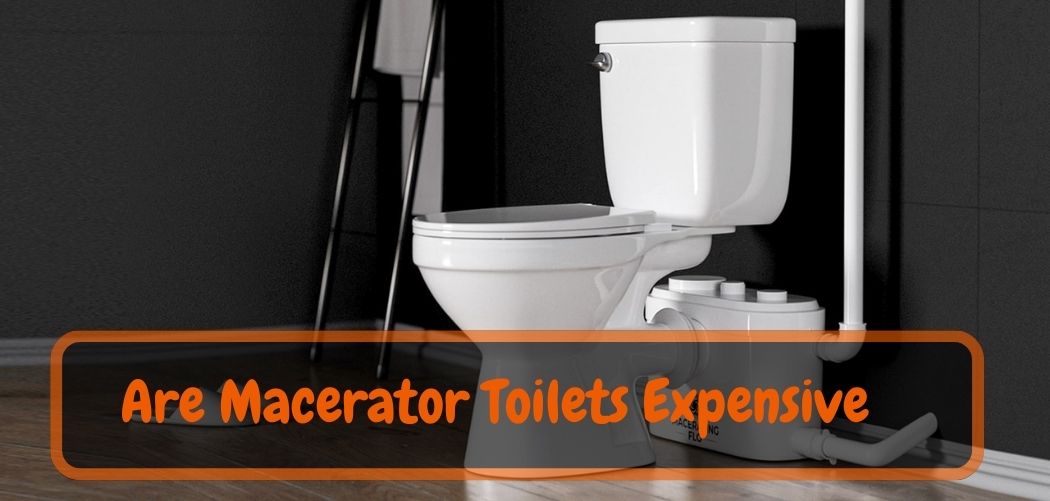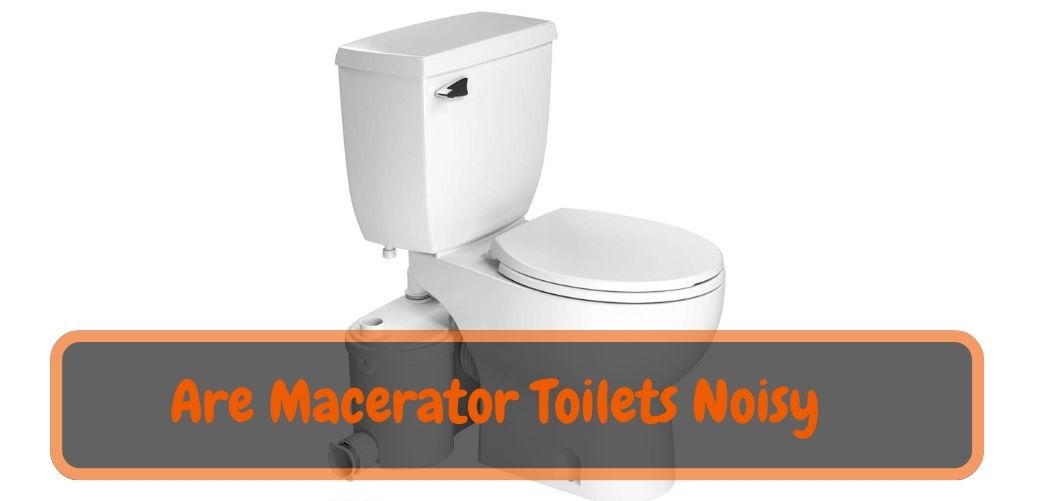A toilet tank that is not filling up properly can be a frustrating problem for homeowners. It can cause inconvenience and disrupt daily routines. While there can several reasons for this issue, one factor that might be overlooke is hard water.
Hard water is a common problem in many households, and it can affect not only the quality of your drinking water but also the performance of your plumbing system.
In this article, we will explore why hard water can prevent your toilet tank from filling up correctly, and what steps you can take to fix the issue.
My Toilet Tank Not Filling Hard Water?
If you’re experiencing issues with your toilet tank not filling up properly, hard water could be the culprit. Hard water is water that contains high levels of minerals, such as calcium and magnesium.
These minerals can accumulate in your plumbing system, causing a variety of problems, including clogged pipes and reduced water flow. In this guide, we’ll explore why hard water can prevent your toilet tank from filling up correctly and what steps you can take to fix the issue.
1. Check the Fill Valve
The first step in diagnosing a toilet tank that’s not filling up correctly is to check the fill valve. The fill valve is responsible for regulating the water level in your toilet tank. If the fill valve is not working correctly, it can prevent the tank from filling up properly. You can check the fill valve by lifting the float arm and observing the water level. If the water level is too low, the fill valve may need to be adjuste or replaced.
2. Inspect the Flush Valve
The flush valve is responsible for releasing water from the tank into the bowl when you flush. If the flush valve is not working correctly, it can prevent the tank from filling up properly. You can inspect the flush valve by removing the tank lid and flushing the toilet. If the flush valve is not releasing water properly, it may need to be adjuste or replace.
3. Check for Mineral Buildup
If the fill valve and flush valve are working correctly, the next step is to check for mineral buildup in the pipes. Mineral buildup can restrict water flow and prevent the tank from filling up properly. To check for mineral buildup, turn off the water supply to the toilet and disconnect the water supply line from the bottom of the tank. Use a flashlight to inspect the inside of the supply line and the valve for any mineral buildup. If you see buildup, use a descaling agent to remove it.
4. Install a Water Softener
If hard water is a persistent problem in your household, it may be beneficial to install a water softener. A water softener is a device that removes minerals from the water supply, preventing them from accumulating in your plumbing system. Installing a water softener can help prevent mineral buildup in your pipes and ensure that your toilet tank fills up properly.
5. Consult with a Professional Plumber
If you’ve tried all of these steps and are still experiencing issues with your toilet tank not filling up properly, it’s best to consult with a professional plumber. A plumber can diagnose the issue and recommend the best course of action to fix the problem.
Why is My Toilet Tank Not Filling Up With Hard Water?

If you’re experiencing issues with your toilet tank not filling up properly when hard water is present, there are several possible causes. The most common cause of this issue is the presence of sediment or debris in the pipes leading to the toilet tank. This can caused by an accumulation of minerals from hard water over time, or even from foreign objects that have made their way into the plumbing system.
Also In addition, a blockage in your home’s main sewer line may also be preventing proper flow through to your toilet tank and causing it to remain empty. To troubleshoot these types of issues, you’ll need to start at the source and work backwards until you locate where exactly the problem lies within your plumbing system. You may want to enlist a plumber for assistance as they will have access to specialized tools that can help identify any blockages quickly and easily.
How Do You Soften Hard Water in a Toilet Tank?

Hard water can be a nuisance in your home, especially if it accumulates in a toilet tank. Fortunately, there are several methods you can use to soften the hard water and make sure that your toilet runs more efficiently. One of the most effective ways to soften hard water is by adding a small amount of white vinegar or lemon juice directly into the tank.
This will help break down any minerals and deposits that have built up over time and may prevent further blockage from occurring. You may also want to consider installing an inline water softener system which works by removing calcium and magnesium ions from the incoming supply before they reach your plumbing fixtures. Finally, you should periodically flush out your tank with clean water to ensure all residue has been remov as this will reduce build-up and make sure everything remains working properly for years to come!
Can Hard Water Cause Toilet Not to Flush?

Hard water, which contains a high mineral content, can cause problems with your toilet not flushing properly. This is because the minerals clog up the parts in your toilet that are responsible for allowing water to flow through it. Hard water also causes build-up of deposits along the inside pipes of toilets and other fixtures, leading to a decrease in their performance over time.
Also Additionally, hard water can erode or even damage rubber seals and gaskets within the plumbing system. All this leads to an inability for toilets to flush correctly or at all due to lack of pressure from blocked pipes or worn down seals preventing water from flowing through them effectively. Ultimately, if you have hard water issues it’s important to make sure your plumbing system is regularly checked and maintaine so that any potential blockages can be cleared before they start causing major issues like a toilet not being able to flush properly!
Fix A Slow Filling Toilet Tank-With No Tools!
Conclusion
A toilet tank not filling up correctly can a frustrating issue, but it can caused a variet of factors, including hard water. Hard water can lead to mineral buildup in your plumbing system, which can impede the flow of water to your toilet tank.
If you suspect hard water is the culprit, it’s important to take steps to address the issue, such as installing a water softener or using a descaling agent to remove mineral buildup from your pipes. By taking these steps, you can ensure that your toilet tank fills up correctly, and your plumbing system operates efficiently.
As always, if you’re unsure of the cause of the issue or are unable to resolve it on your own, it’s best to seek the advice of a professional plumber.










